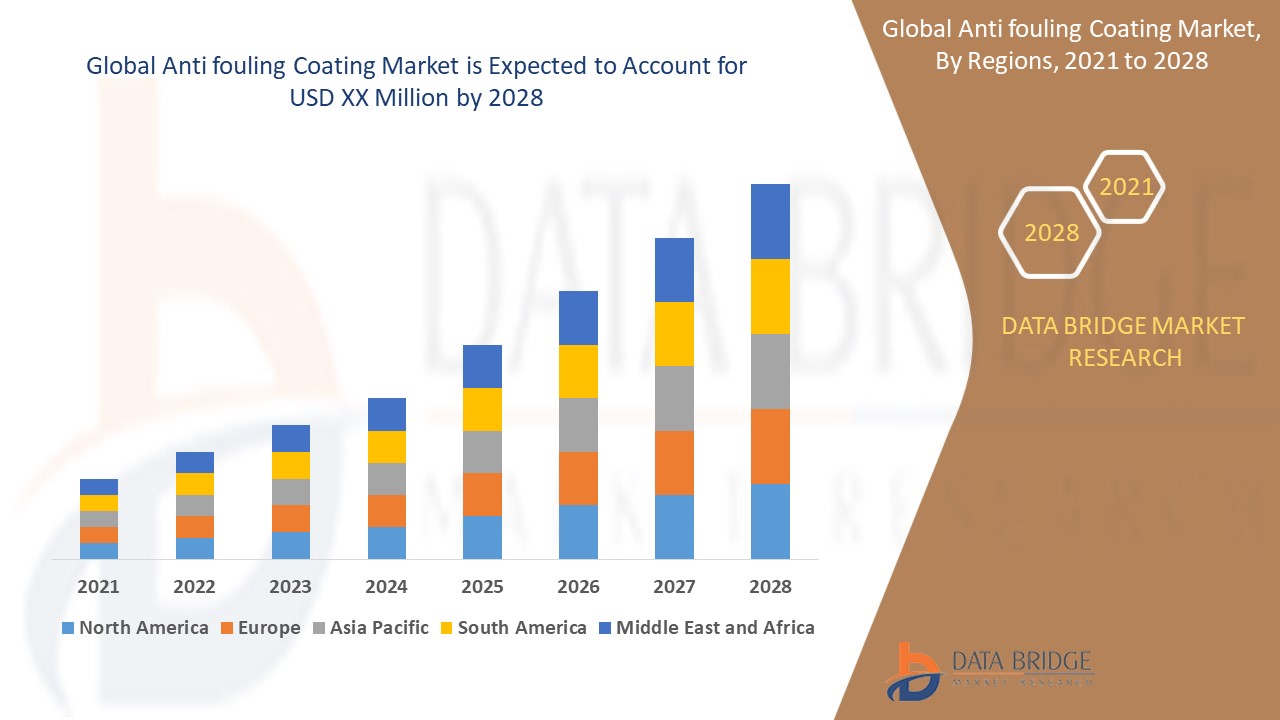
Anti fouling Coating Market Insights | What’s Next for the Industry in 2032?
The Anti fouling Coating Market is entering a transformative phase, with forecasts predicting strong growth and groundbreaking innovations by 2032. Driven by rising demand, digital adoption, and evolving consumer needs, the industry is rapidly expanding across global markets. A recent report highlights key drivers such as increasing market share, advanced segmentation, and the growing influence of tech-enabled solutions.
Backed by tools like SWOT and PESTEL analysis, the study explores economic, regulatory, and technological forces shaping the market’s future. With platforms like NUCLEUS Connected Intelligence offering real-time insights and data-driven strategies, businesses and investors are better equipped to navigate challenges, seize new opportunities, and gain a competitive edge in this evolving landscape.
DataBridge Market Research has newly launched the NUCLEUS Platform, a Cloud-Connected Intelligence Platform that allows users to analyze and integrate macro and micro-level data seamlessly. This revolutionary tool bridges the gap between data analytics, market research, and strategy, providing businesses with a fully automated, Interactive Dashboard with Real Time Updates throughout the Year to drive profound growth and revenue impact.

What is the projected market size & growth rate of the Anti fouling Coating Market?
Market Analysis and Insights
Anti fouling coating market will grow at a rate of 7.00% for the forecast period of 2021 to 2028. Rising demand of antifouling paints & coatings from the shipping industry is an essential factor driving the anti fouling coating market.
Fouling is a type of an unwanted and undesirable accumulation of dirty or unusual material on solid surfaces. This basically leads to the enhanced deterioration and malfunctioning of the machinery or equipment. The fouling materials are either living organisms or a non-living substance (inorganic and/or organic).
Rising reduction in fuel consumption is the vital factor escalating the market growth, also rising demand in hulls and underwater surfaces of shipping vessels as it provides smoothness and the superior polishing effect, increasing popularity of condition-based monitoring over breakdown maintenance in the shipping sector, increasing demand for FPSO vessels in the upstream oil and gas industry in light of the increasing application of integrated compact systems in deepwater offshore reserves during extreme weather conditions and increasing production of alternative sources, including shale gas and tight oil in the U.S. is expected to increase the application of FPSO are the major factors among others propelling the growth of anti fouling coating market. Moreover, rising demand from Asia-Pacific region, rise in the demand of antifouling paints & coatings from the oil & gas industry and rising upcoming technologies in the antifouling paints & coatings Industry will further create new opportunities for the anti fouling coating market in the in the forecast period of 2021- 2028.
However, rising volatile raw material prices and rising government regulations are the major factors among others restraining the market growth, while rising cost of dry docking will further challenge the growth of anti fouling coating market.
This anti fouling coating market report provides details of new recent developments, trade regulations, import export analysis, production analysis, value chain optimization, market share, impact of domestic and localised market players, analyses opportunities in terms of emerging revenue pockets, changes in market regulations, strategic market growth analysis, market size, category market growths, application niches and dominance, product approvals, product launches, geographical expansions, technological innovations in the market. To gain more info on anti fouling coating market contact Data Bridge Market Research for an Analyst Brief, our team will help you take an informed market decision to achieve market growth.
Browse Detailed TOC, Tables and Figures with Charts which is spread across 350 Pages that provides exclusive data, information, vital statistics, trends, and competitive landscape details in this niche sector.
This research report is the result of an extensive primary and secondary research effort into the Anti fouling Coating market. It provides a thorough overview of the market's current and future objectives, along with a competitive analysis of the industry, broken down by application, type and regional trends. It also provides a dashboard overview of the past and present performance of leading companies. A variety of methodologies and analyses are used in the research to ensure accurate and comprehensive information about the Anti fouling Coating Market.
Get a Sample PDF of Report - https://www.databridgemarketresearch.com/request-a-sample/?dbmr=global-anti-fouling-coating-market
Which are the driving factors of the Anti fouling Coating market?
The driving factors of the Anti fouling Coating market include technological advancements that enhance product efficiency and user experience, increasing consumer demand driven by changing lifestyle preferences, and favorable government regulations and policies that support market growth. Additionally, rising investment in research and development and the expanding application scope of Anti fouling Coating across various industries further propel market expansion.
Anti fouling Coating Market - Competitive and Segmentation Analysis:
Global Anti fouling Coating Market, By Type (Copper Based, Biocides, Self-Polishing Copolymer, Hybrid), Application (Shipping Vessels, Drilling Rigs, Fishing Boat, Yachts & Boats, Mooring Lines, Inland Water Transportation), Country (U.S., Canada, Mexico, Brazil, Argentina, Rest of South America, Germany, France, Italy, U.K., Belgium, Spain, Russia, Turkey, Netherlands, Switzerland, Rest of Europe, Japan, China, India, South Korea, Australia, Singapore, Malaysia, Thailand, Indonesia, Philippines, Rest of Asia-Pacific, U.A.E, Saudi Arabia, Egypt, South Africa, Israel, Rest of Middle East and Africa) Industry Trends and Forecast to 2032.